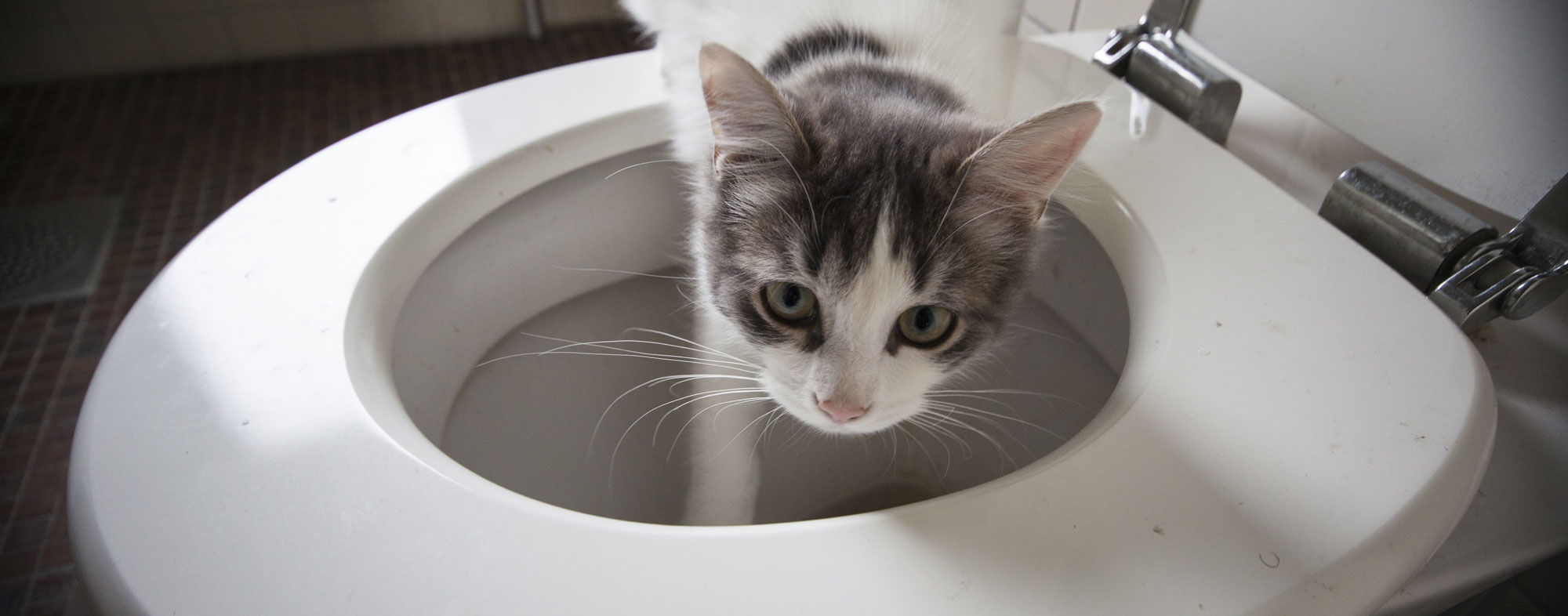Avoid Flush Cat Poop Down Your Toilet - Protect Your Pipes System
Avoid Flush Cat Poop Down Your Toilet - Protect Your Pipes System
Blog Article
Right here below you can locate a good deal of sensible advice all about Don’t flush cat feces down the toilet.

Intro
As cat proprietors, it's important to be mindful of how we dispose of our feline good friends' waste. While it may appear practical to flush pet cat poop down the toilet, this technique can have destructive effects for both the environment and human health.
Environmental Impact
Flushing pet cat poop introduces hazardous pathogens and parasites into the water supply, presenting a significant danger to aquatic ecological communities. These impurities can negatively affect aquatic life and compromise water top quality.
Health Risks
Along with ecological concerns, purging feline waste can additionally posture health dangers to human beings. Pet cat feces might have Toxoplasma gondii, a bloodsucker that can trigger toxoplasmosis-- a possibly extreme disease, especially for pregnant women and people with damaged body immune systems.
Alternatives to Flushing
Thankfully, there are more secure and more responsible methods to dispose of feline poop. Think about the adhering to alternatives:
1. Scoop and Dispose in Trash
The most typical technique of disposing of feline poop is to scoop it into an eco-friendly bag and toss it in the garbage. Be sure to utilize a specialized clutter inside story and deal with the waste quickly.
2. Usage Biodegradable Litter
Go with eco-friendly pet cat clutter made from products such as corn or wheat. These litters are environmentally friendly and can be securely disposed of in the trash.
3. Bury in the Yard
If you have a lawn, think about hiding pet cat waste in a marked location far from vegetable yards and water sources. Be sure to dig deep enough to avoid contamination of groundwater.
4. Set Up a Pet Waste Disposal System
Buy a pet waste disposal system specifically designed for pet cat waste. These systems make use of enzymes to break down the waste, lowering smell and environmental effect.
Final thought
Accountable animal ownership extends past giving food and sanctuary-- it additionally includes appropriate waste administration. By avoiding purging feline poop down the bathroom and choosing alternative disposal methods, we can minimize our ecological impact and secure human health and wellness.
Why Can’t I Flush Cat Poop?
It Spreads a Parasite
Cats are frequently infected with a parasite called toxoplasma gondii. The parasite causes an infection called toxoplasmosis. It is usually harmless to cats. The parasite only uses cat poop as a host for its eggs. Otherwise, the cat’s immune system usually keeps the infection at low enough levels to maintain its own health. But it does not stop the develop of eggs. These eggs are tiny and surprisingly tough. They may survive for a year before they begin to grow. But that’s the problem.
Our wastewater system is not designed to deal with toxoplasmosis eggs. Instead, most eggs will flush from your toilet into sewers and wastewater management plants. After the sewage is treated for many other harmful things in it, it is typically released into local rivers, lakes, or oceans. Here, the toxoplasmosis eggs can find new hosts, including starfish, crabs, otters, and many other wildlife. For many, this is a significant risk to their health. Toxoplasmosis can also end up infecting water sources that are important for agriculture, which means our deer, pigs, and sheep can get infected too.
Is There Risk to Humans?
There can be a risk to human life from flushing cat poop down the toilet. If you do so, the parasites from your cat’s poop can end up in shellfish, game animals, or livestock. If this meat is then served raw or undercooked, the people who eat it can get sick.
In fact, according to the CDC, 40 million people in the United States are infected with toxoplasma gondii. They get it from exposure to infected seafood, or from some kind of cat poop contamination, like drinking from a stream that is contaminated or touching anything that has come into contact with cat poop. That includes just cleaning a cat litter box.
Most people who get infected with these parasites will not develop any symptoms. However, for pregnant women or for those with compromised immune systems, the parasite can cause severe health problems.
How to Handle Cat Poop
The best way to handle cat poop is actually to clean the box more often. The eggs that the parasite sheds will not become active until one to five days after the cat poops. That means that if you clean daily, you’re much less likely to come into direct contact with infectious eggs.
That said, always dispose of cat poop in the garbage and not down the toilet. Wash your hands before and after you clean the litter box, and bring the bag of poop right outside to your garbage bins.
https://trenchlesssolutionsusa.com/why-cant-i-flush-cat-poop/

Hopefully you enjoyed our article on How to Dispose of Cat Poop and Litter Without Plastic Bags. Thank you so much for taking a few minutes to read our piece. Loved our write-up? Please share it. Help another person locate it. Thank you so much for your time spent reading it.
Give Me A Quote! Report this page